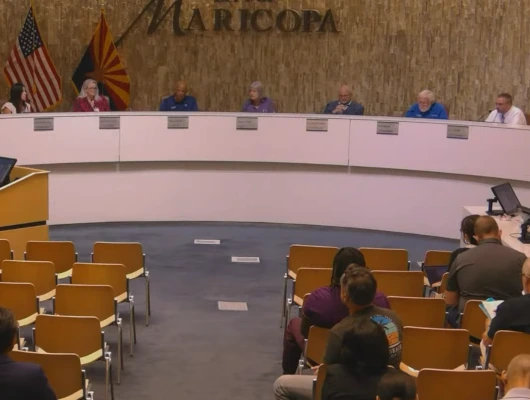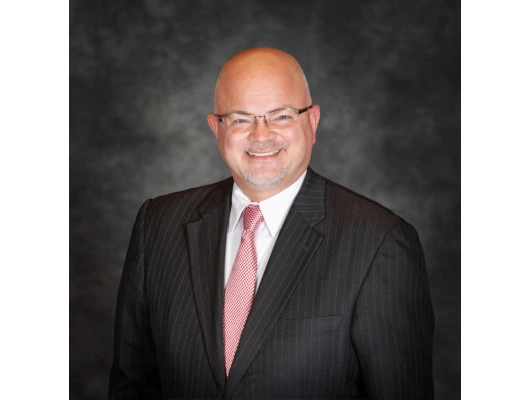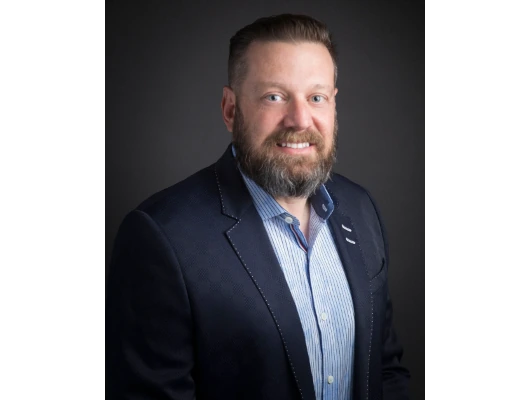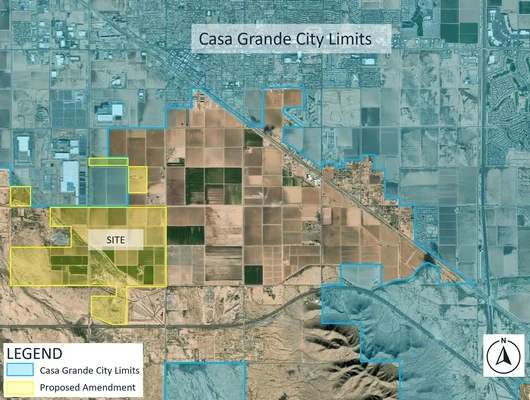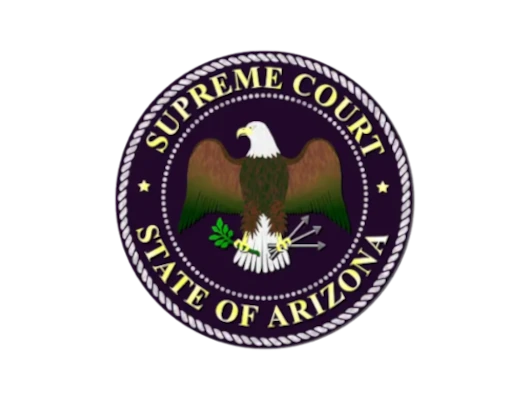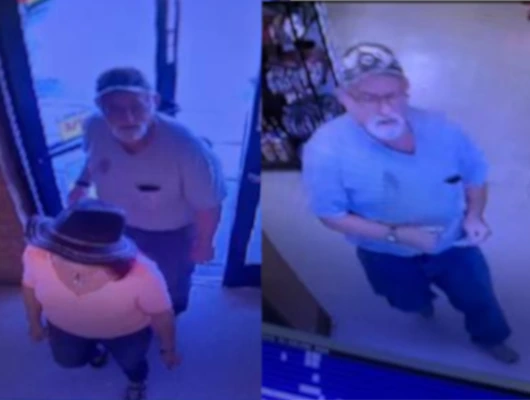The Maricopa City Council unanimously adopted Resolution 25-44 on October 7, 2025. The resolution establishes a Partnership Strategy framework for collaboration with private and nonprofit organizations to expand community services. The adopted framework focuses on three priority areas: Senior Services, Community Art Projects, and youth (teens and preteens). While the strategy was formally approved, specific partnership details and requirements will be developed through the Request for Proposals (RFPs) process and refined through implementation.
Strategy Designed to Enhance Community Services
Resolution 25-44 outlines how the city will establish strategic partnerships to address community needs while working within budget constraints. Director of Community Enrichment Quinn Konold explained the strategy stems from the city’s 2025 Strategic Priorities, specifically Action 4.5, which states: “To ensure all residents are able to enjoy our high quality of life we will explore what groups may be underserved in our community and seek partnerships to enhance opportunities.”
The mayor highlighted a crucial distinction about the city’s resources. “And when we talk about resources, we have space, but we don’t necessarily always have the funds to run a program, but other organizations can run a program and use our space and that partnership makes for a good partnership,” Smith explained.
Vice Mayor Henry Wade, who previously ran community organizations, noted it “would have been nice to have it, be able to use a room or have access to other facilities to do things what I do.”
Sustainability Requirements Spark Debate
The most significant discussion centered on language requiring partnerships to demonstrate sustainability and eventual financial independence from city support. The original draft stated that “partnerships must demonstrate a clear, sustainable model” with plans to transition away from city subsidies.
Mayor Smith acknowledged the tension between sustainability goals and the nature of the focus areas. “While I am a believer that nonprofits and for-profits need to operate their programs at some point on their own, I do agree that there are services such as seniors, such as youth, such as art, those are, I think that’s why we came up with those three, that are typically in, in the majority of aspects operated by the city,” Smith said. She noted that if you go to any city, “you’re pretty much going to end up with programs that are operated by the city” in these areas.
Councilmember Eric Goettl voiced concerns about this requirement becoming a barrier. “I’m uncomfortable having the city being the one that picks the winners and the losers in the community using taxpayer funds to do so. So I think we do have to have this goal of independence for these partnerships, but that could be a very long-term window,” Goettl said.
He elaborated on concerns about exclusionary language: “And that word must, I don’t want to use that word gatekeep. I don’t want that word to be the gatekeeper of who gets to be in the sandbox. I think we do need to keep that open, realizing that some partners may need a very long-term relationship to make this work.”
Councilmember AnnaMarie Knorr shared similar concerns about prematurely ending partnerships. “I wanna make sure that we don’t, after a certain period of time, just go, ‘Well, sorry. You’re on your own now.’ And then those services are no longer available for our community because that has happened in the past,” Knorr said. “I definitely want to make sure that we’re not going to just basically cut the legs out from under these organizations that are going to put all this effort and all this work into providing these services.”
Councilmember Bob Marsh suggested that supporting partnerships might require increasing council members’ discretionary fund allotments. The mayor responded by emphasizing the focus on leveraging existing resources. “I see this as, what do we have right now? We don’t have all the money in the world, but we do have resources in terms of locations. And so I guess my focus is more toward partnering in those locations rather than subsidizing financially,” Smith said. Marsh added that “seed money is important sometimes.”
Mayor Smith used a chess club example to illustrate how partnerships can evolve beyond initial expectations. She described how providing space for youth chess instruction could develop into statewide competitions, attracting additional fundraising and community support. “Amazing things happen once you just open the door,” Smith said.
Community Voice Raises Implementation Concerns
Priscilla Behnke, founder of Be Awesome, a Maricopa nonprofit serving youth, provided the evening’s only public comment. She thanked the council for naming youth as a focus area while raising concerns about how sustainability requirements might be interpreted.
“Many programs, especially those serving teens and vulnerable populations, such as seniors, are simply not revenue generating,” Behnke explained. She pointed out that “current city-supported services like the senior center do not operate independently and have no plan to become self-sufficient, and rightly so. They exist because of a long-term public need.”
Behnke requested that “the language around the sustainability be clarified to reflect that it’s a goal, not a gatekeeping requirement, and that certain services may require ongoing city support.” She emphasized the importance of ensuring “that we are not unintentionally excluding the very programs we claim to prioritize, and that we remain consistent, inclusive, and realistic as we build partnerships that serve all residents of Maricopa.”
City Manager Benjamin Bitter addressed concerns about the strategy creating barriers. “There’s not a desire to create a stumbling block. It’s a building block, a stepping stone to move forward,” Bitter said. He explained that the goal is to support partnerships however possible. This support could come through continued city involvement or by helping organizations access larger audiences through initial collaboration with the city.
Council Approves Modified Language
Following extensive discussion, Goettl proposed modifying Section 2.5 of the strategy to soften sustainability requirements. His motion changed “partnerships must demonstrate” to “partnerships are encouraged to demonstrate a clear sustainable model.” This revision aimed to set expectations without creating mandatory barriers to participation.
“It sets the expectation, it doesn’t make a requirement, it may prevent that gatekeeping concern we have,” Goettl explained. Knorr seconded the motion, and the council voted unanimously to adopt the Partnership Strategy with the modification.
Timeline and Next Steps
City staff and advisory committees began initial strategy sessions in September 2025. Committee members will now distribute surveys to community members to identify specific service gaps in the three focus areas. Staff will work with committees to develop recommendations based on survey data before beginning the formal RFP process.
The RFP process will require organizations to detail how they plan to address sustainability and what support they would need from the city. Formal partnership agreements will outline responsibilities, financial arrangements, and performance expectations, with regular evaluations to assess effectiveness.
The adopted strategy clarifies that while it focuses on three priority areas, the city may consider partnerships in other areas that enhance quality of life in the future. All partnerships will be developed in conjunction with the city’s advisory committees to ensure alignment with community needs.
